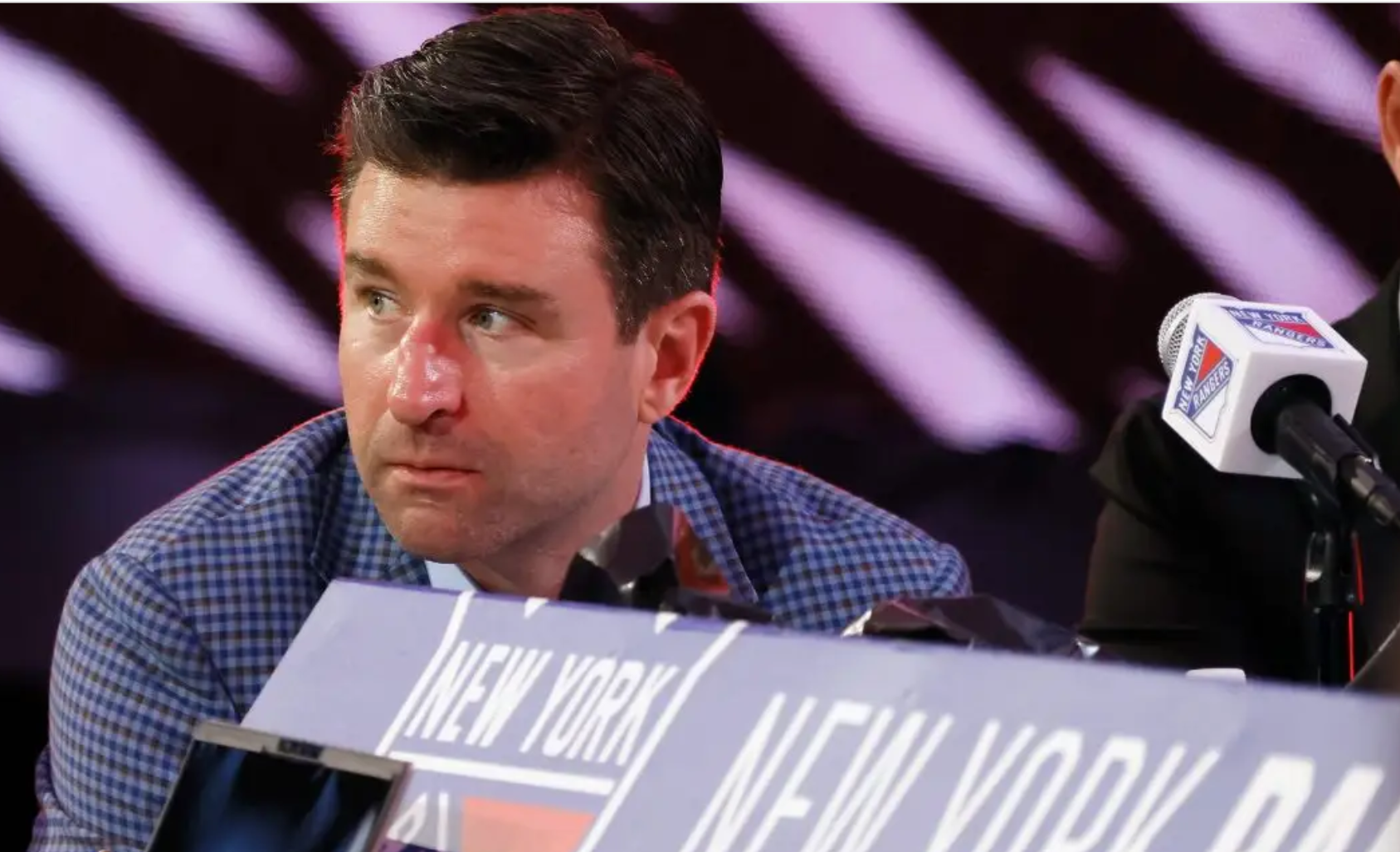Kaapo Kakko was the third of four straight top-10 draft picks made by the New York Rangers from 2017 to 2020, with each of the previous two no longer with the organization. The club needs to recognize Kakko’s value to the team currently and utilize the players skillset as opposed to dumping him off to another franchise.
Rumors about Kaapo Kakko’s potential departure have circulated for years, but they’ve intensified this offseason, especially following his benching by head coach Peter Laviolette in Game 2 of the Eastern Conference Final.
Kakko’s development appears to have plateaued. The anticipated breakout season for the former second overall pick in the 2019 NHL Draft never materialized, leaving the 23-year-old’s future with the New York Rangers uncertain.
But should there be uncertainty about his future? Should a young prospect with high expectations be dismissed after five NHL seasons, during which he has accumulated 57 goals and 60 assists for 117 points in 300 games?
While the scouting report suggests Kakko may not become the top-six power forward once anticipated, it’s worth considering that such a player still holds significant value. Despite his modest point production, Kakko’s role on the team shouldn’t be underestimated or easily replaced, given his potential and contributions thus far.

Kakko’s value
Although skating and shooting may not be Kaapo Kakko’s strongest attributes, refining his decision-making with the puck could potentially boost his point production. His skills in maintaining possession along the boards and maneuvering through traffic are valuable assets in the offensive zone.
Defensively, Kakko has proven his worth. His 1.74 goals against per 60 minutes at 5v5 was the lowest among Rangers players who logged at least 100 minutes this season, according to Natural Stat Trick. This suggests he has the potential to become a reliable defensive forward and an elite penalty killer, which warrants more opportunity.
Instead of moving on from Kakko, the Rangers should focus on maximizing the value of a player they drafted second overall. While his scoring touch may not have fully developed, his contributions—especially in terms of quality and dependable ice time—are not easily replaced. Adjusting expectations and finding ways to leverage Kakko’s strengths could prove beneficial for both him and the team.

An unnerving trend
The Rangers need to view Kaapo Kakko realistically and avoid a scenario similar to that of Lias Andersson, the 7th overall pick in the 2017 draft, or Vitali Kravtsov, another high draft pick who was mismanaged.
For context, Andersson was traded to the Los Angeles Kings during the 2020 draft after struggling to make an impact with the Rangers. In return, the Rangers received a second-round pick, which became Will Cuylle. Although Andersson, like Kakko, did not develop as expected, his situation was handled differently from Kakko’s.
The expectations placed on high draft picks have evolved significantly with the emergence of stars like Connor McDavid in 2015 and Auston Matthews in 2016. The assumption that all top prospects will immediately become superstars has proven flawed. Many high draft picks do not live up to their projections, as seen with players like Patrik Stefan, the 1st overall pick in 2000, whose most memorable moment was a missed breakaway that led to a goal by Ales Hemsky, and Nail Yakupov, another 1st overall pick, who played just 350 NHL games before leaving the league.
The Rangers must learn two key lessons from the situation with Kakko: firstly, point totals and offensive stats are not the only measures of a player’s value; and secondly, how the team manages and retains Kakko will be crucial for developing young talent in the future.
The organization needs to allow their top draft picks to become integral parts of the team, whether or not they develop into stars. Finding ways to leverage their contributions and support their growth is essential for the long-term success of the team.




